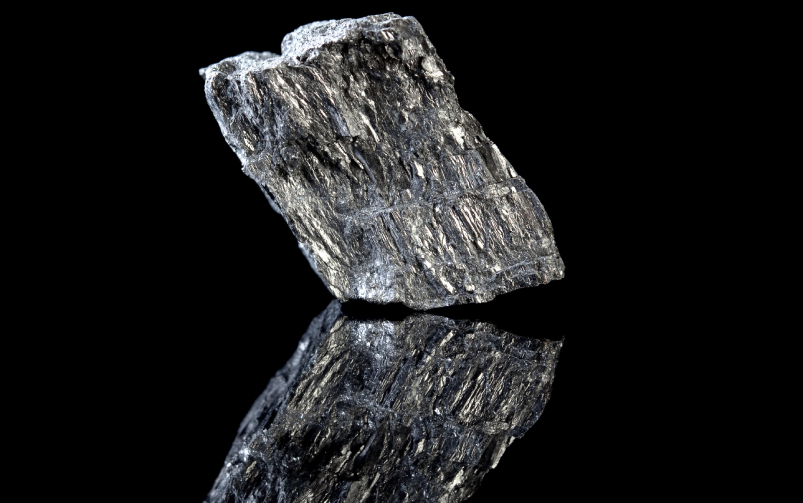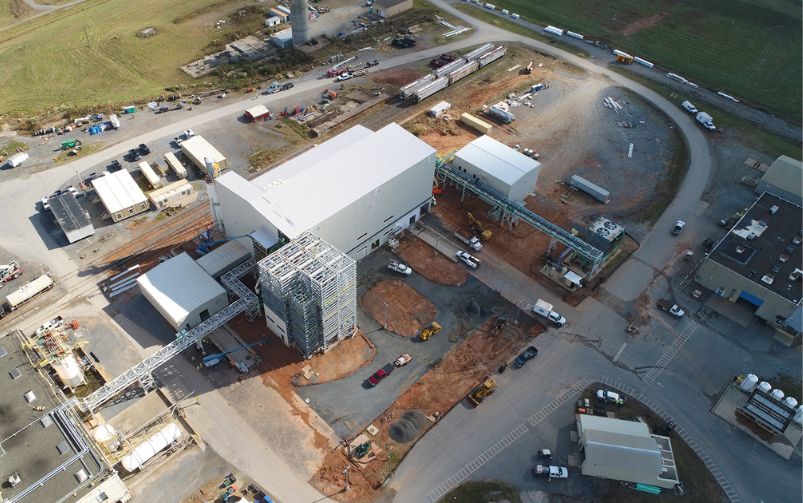Rio Tinto’s Kennecott operations will follow its Borax mine in the move to renewable diesel. Courtesy of Rio Tinto.
Welcome back to your weekly mining news recap, where we catch you up on some of the news you may have missed. This week’s headlines include Rio Tinto’s adoption of renewable diesel at its Kennecott operations, Iamgold’s friendly takeover of Vanstar Mining Resources and a Saskatchewan wage surge caused by the resource industries.
The federal government will follow through with COP28 commitments and introduce emissions cut targets for oil and gas companies, as reported by Bloomberg. It announced that oil and gas companies will be required to reduce emissions by 35 to 38 per cent below 2019 levels in the next six years through a cap-and-trade system. The Canadian Association of Energy Contractors, the Explorers and Producers Association of Canada and politicians in the oil sands-rich province of Alberta have voiced opposition to the new emissions cap.
Impala Canada announced more than an eight per cent workforce cut at its Lac des Iles palladium mine in Ontario, as reported by Northern Ontario Business. The company stated that 95 jobs in operations as well as corporate and finance departments will be cut due to the plunge in palladium prices; the market price is down by more than half compared to last year.
Gold prices rose to above US$2,100 an ounce last week, which is an all-time high, as reported by CNBC. The value of gold peaked at more than US$2,150 an ounce for gold futures on Sunday, as investors looked for a safety net amid on-going geopolitical tensions due to the Israeli-Palestinian crisis. Experts say the price of gold could remain above US$2,000 levels into 2024 based on the steady increase of gold prices in the past few months and the likelihood of the U.S. cutting interest rates in the near future.
Saskatchewan’s economy benefited from a wage surge credited to the mining, quarrying and oil and gas industries in September, as reported by West Central Online. According to payroll data released by Statistics Canada, Saskatchewan workers averaged weekly earnings of close to $1,200 in September, while those in mining, quarrying and oil and gas jobs took home nearly double—an average of $2,218. This is the first time since May that wages in the province’s resource extraction industries rose above $2,200.
First Quantum Minerals will speed up the development of its Fishtie copper project in Zambia after Panama’s Supreme Court ruled that its Cobre Panama mine must close, as reported by Canadian Mining Journal. Fishtie is a joint venture between Zambia’s Mimosa Resources and First Quantum. In a new development agreement, the companies committed to raising US$200 million of investment for the project, with a goal to start production in 2026 and to ramp up copper production to 30,000 tonnes a year by 2030.
Iamgold Corporation announced a proposed US$31.1 million deal to acquire Vanstar Mining Resources. The gold exploration company’s properties in northern Quebec include the “highly prospective Nelligan deposit,” as described by Iamgold president and CEO Renaud Adams. Pending shareholder and court approval, the friendly takeover is expected to close in the first quarter of 2024.
Rio Tinto’s Kennecott copper operation in Utah, U.S., will fully transition to renewable diesel next year, as reported by Reuters. In May of this year, Rio Tinto’s Borax mine in Boron, California became the first open-pit mine to transition its fleet and blasting process to renewable diesel. The company announced Kennecott will follow suit with its fleet and plant equipment, which is projected to reduce its carbon emissions by roughly 449,056 tonnes of carbon dioxide equivalent each year.
Hudbay Minerals Inc. released its first NI 43-101 technical report for the Copper Mountain mine in British Columbia since it acquired the asset in June, as reported by Canadian Mining Journal. Annual copper production levels are anticipated to increase by nearly 90 per cent from last year to 46,500 tonnes in the first five years at a cost of US$1.89 per pound, and 45,000 tonnes over the first decade with cash costs of US$1.72 per pound. The company said this is a 50 per cent decrease in cash costs, which it will achieve due to operational efficiency improvements.
Interest in natural capital accounting is on the rise with mining companies, Kelsey Rolfe wrote in the November issue of CIM Magazine. BHP’s Beenup mineral sands site in Western Australia is the first to pilot natural capital accounting in the global mining industry, which is a method that assesses the monetary benefits of the natural world. The Beenup case study estimated the value of carbon sequestration and restoration of water and ecosystems during the mine’s reclamation.
A new study showed that microbes can help convert iron ore tailings into healthy soil, Alice Martin wrote in the December/January issue of CIM Magazine. Researchers from the University of Queensland in Australia found that using this new process can significantly reduce the cost and risks associated with managing tailings storage facilities.
That’s all for this week. If you’ve got feedback, you can always reach us at editor@cim.org. Have something interesting to add? Join the conversation on our Facebook, Twitter, LinkedIn or Instagram.




